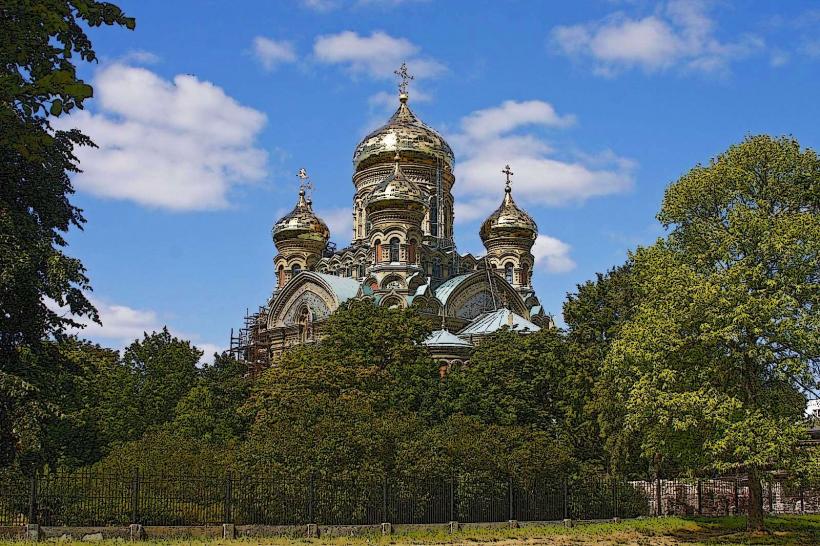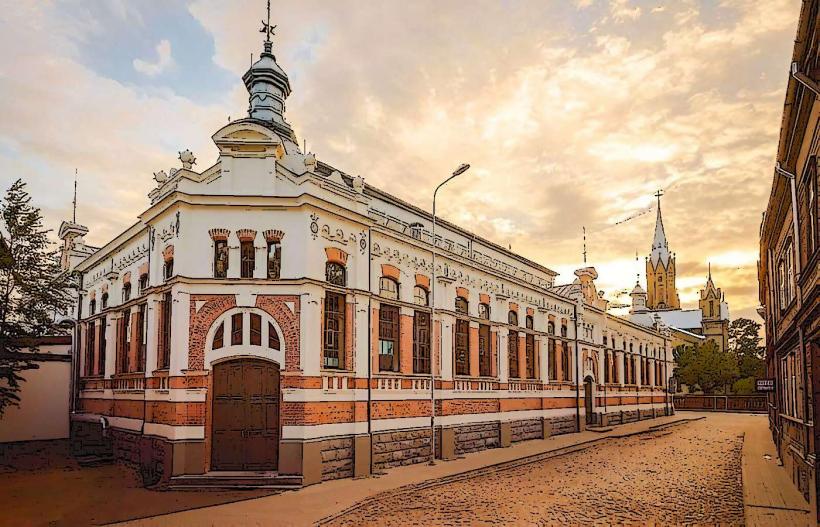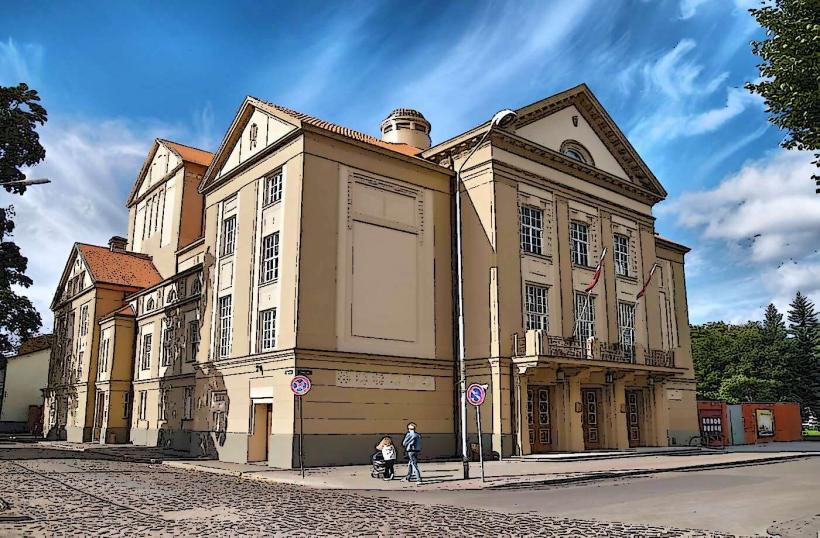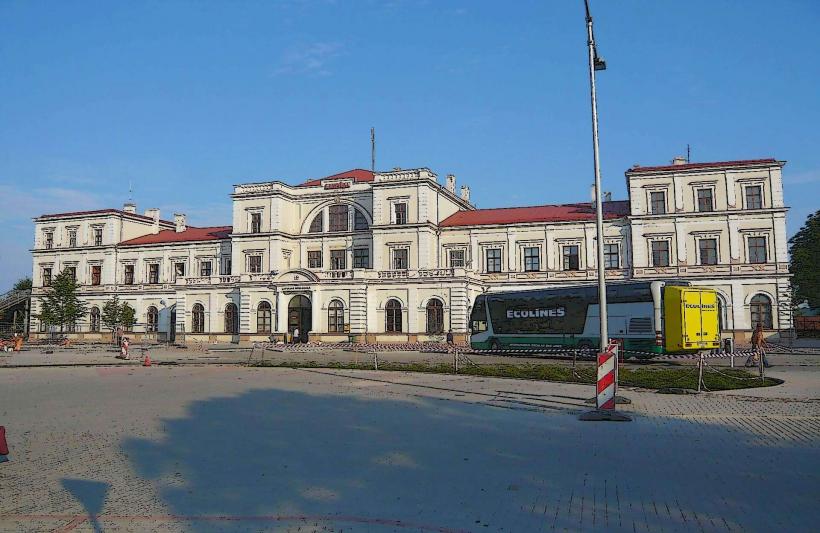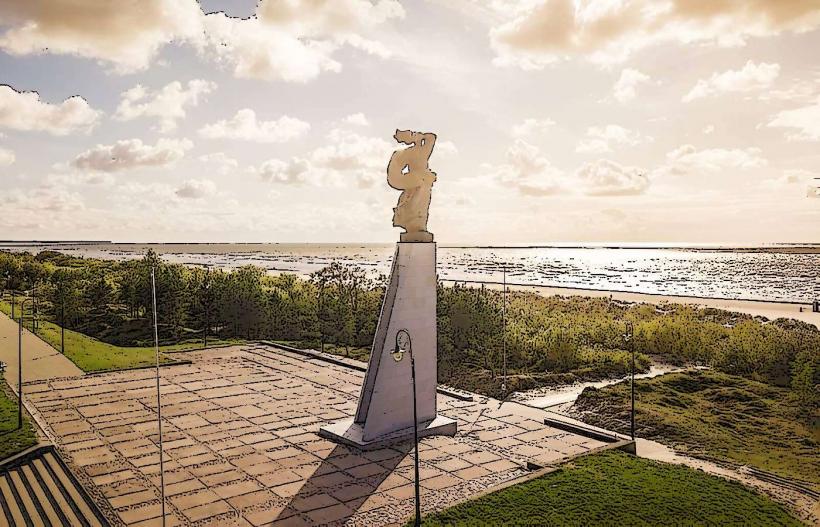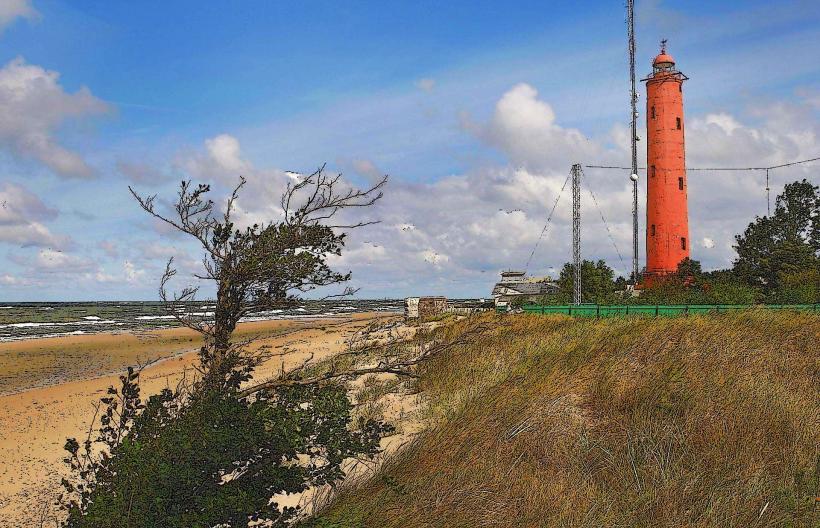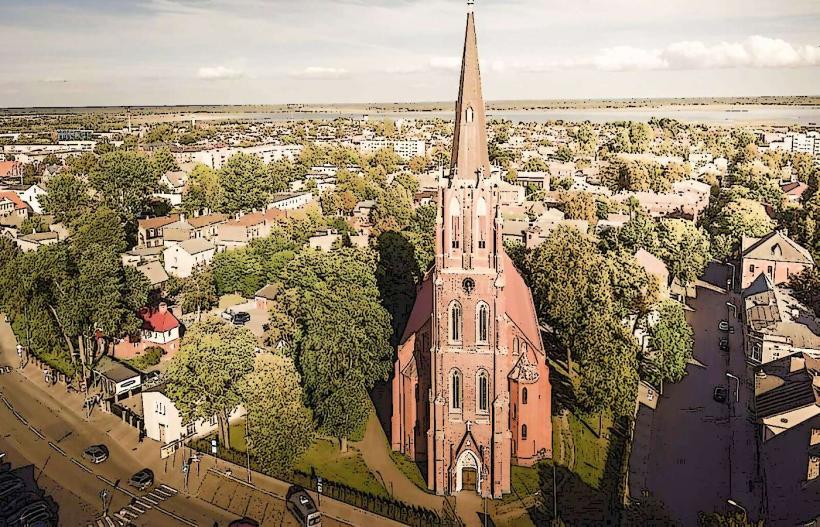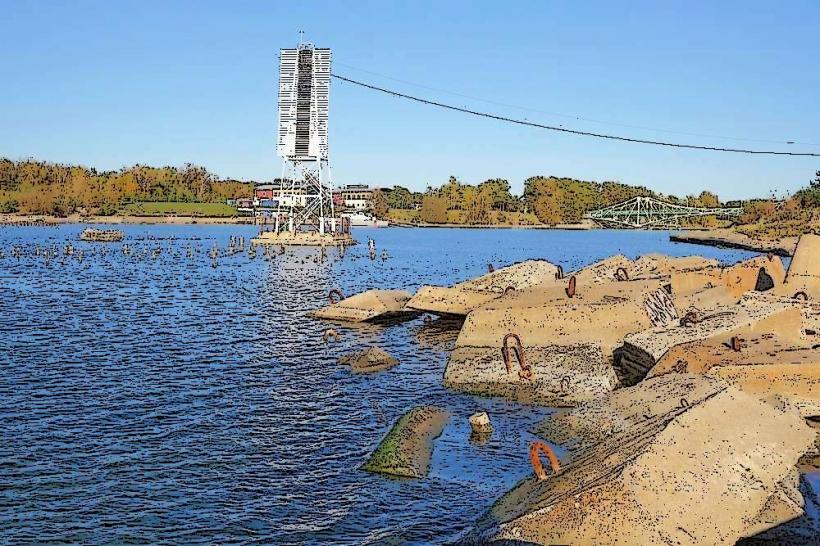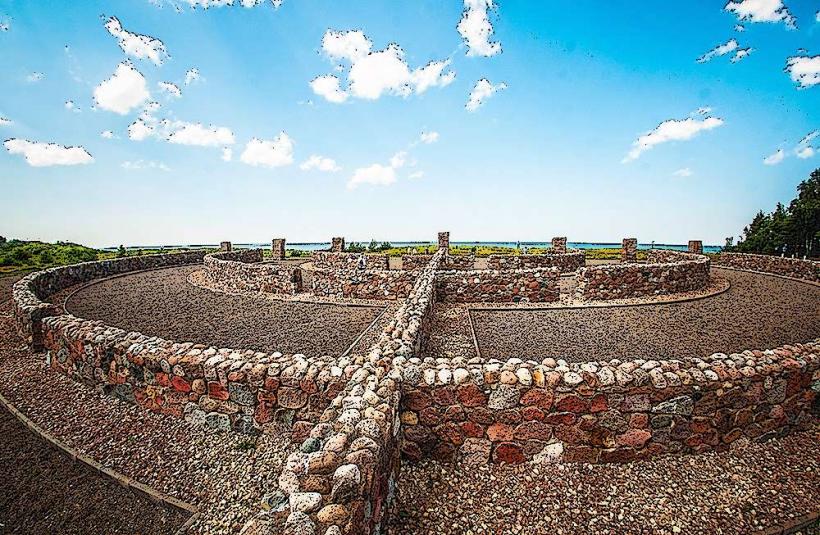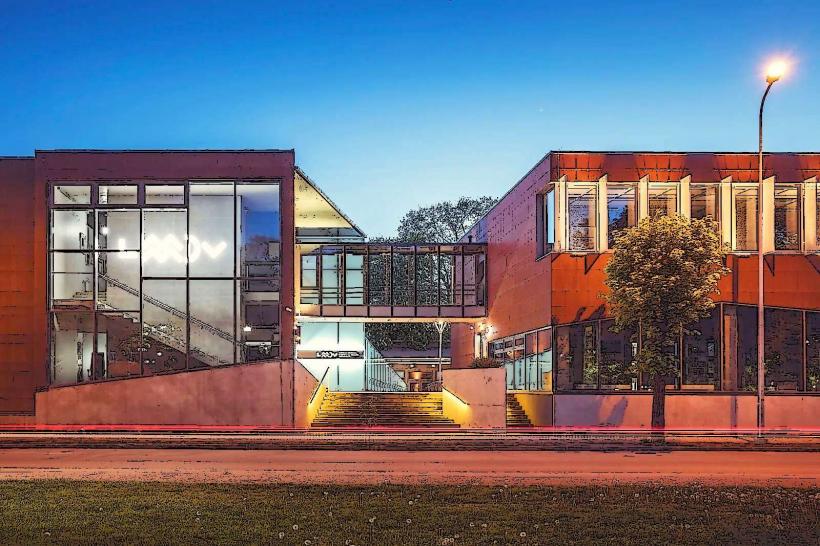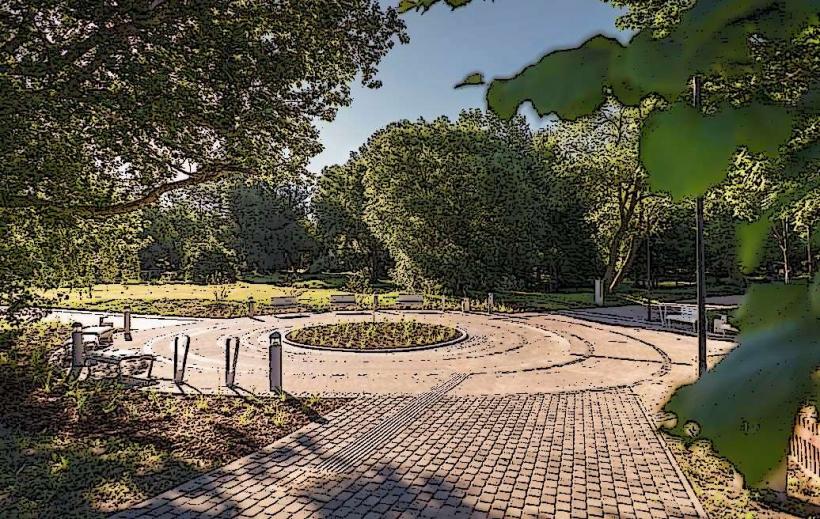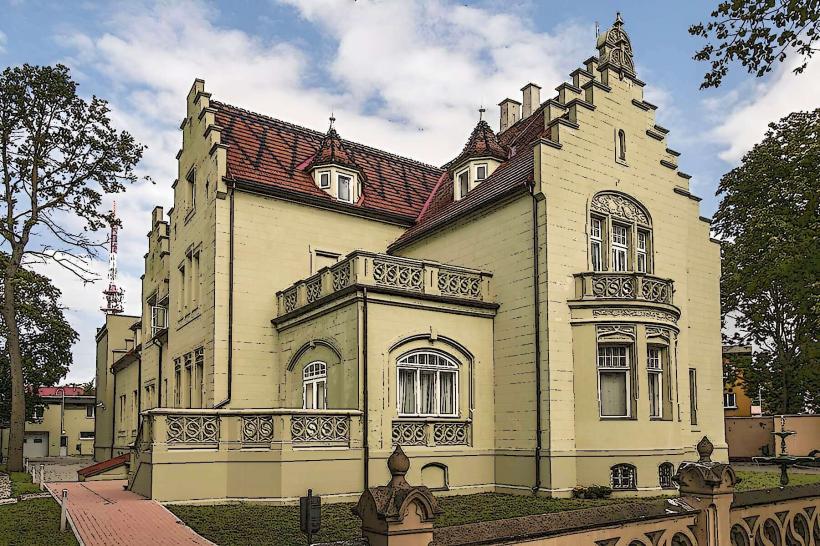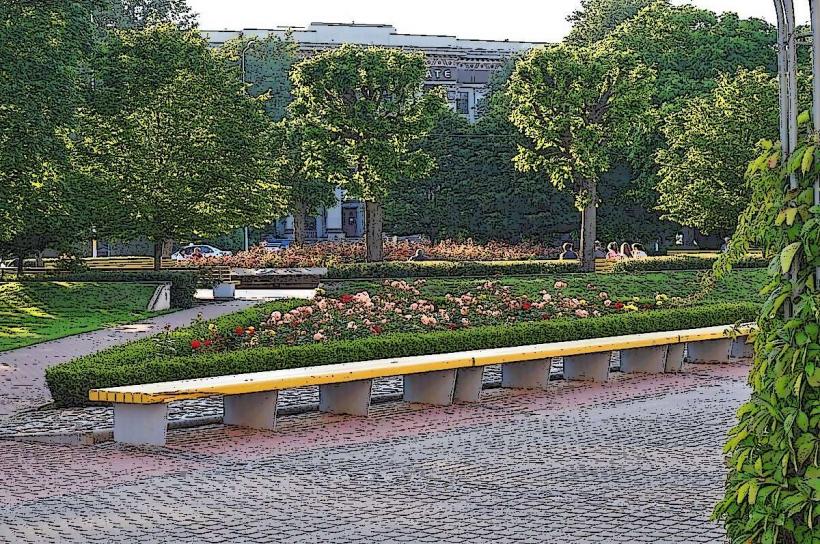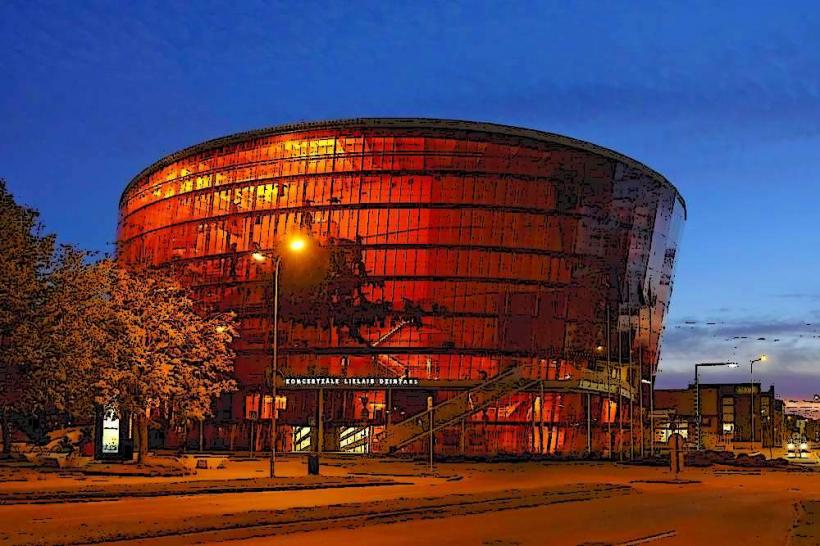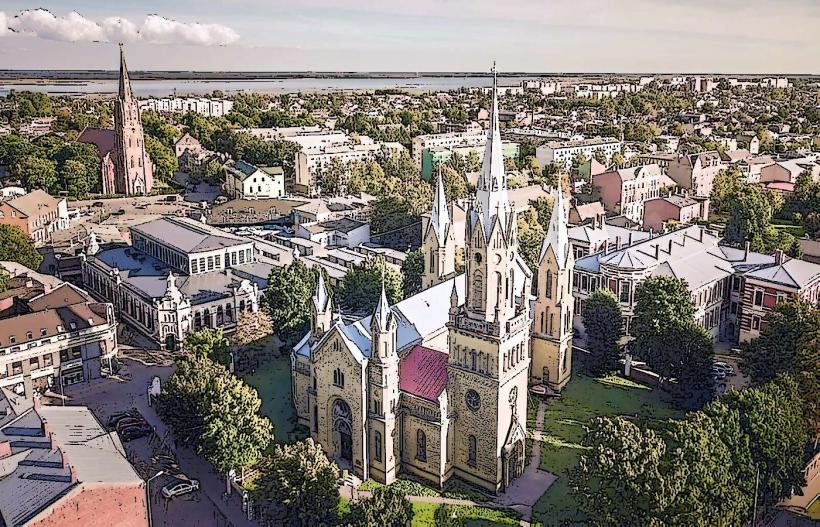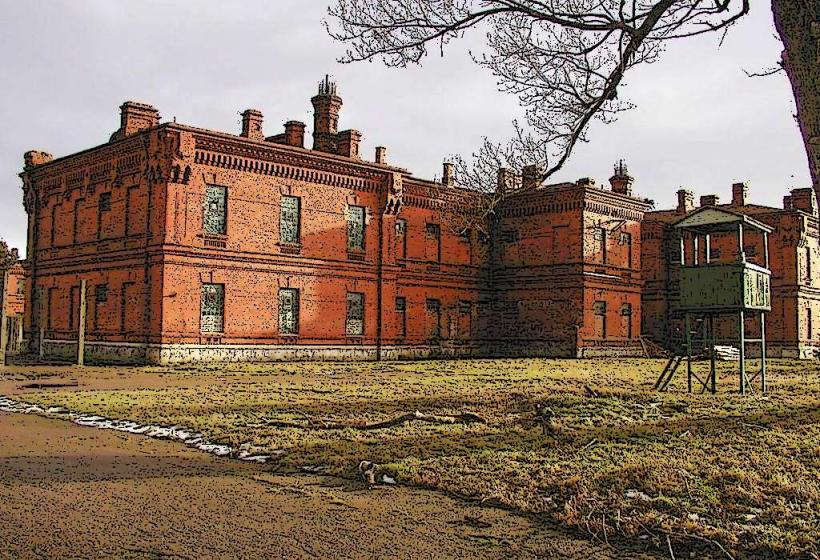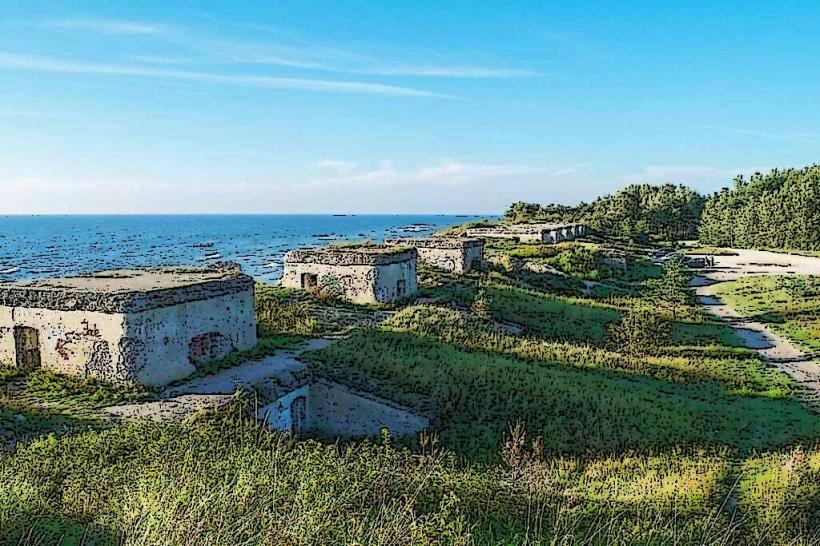Information
Landmark: Liepaja Holy Trinity CathedralCity: Liepaja
Country: Latvia
Continent: Europe
The Liepāja Holy Trinity Cathedral (Liepājas Svētās Trīsvienības katedrāle) is one of the most important and historically significant landmarks in Liepāja, Latvia. Situated in the heart of the city, it is the largest Protestant cathedral in Latvia and a prime example of architectural and religious heritage in the region. The cathedral stands as a symbol of Liepāja’s spiritual history, as well as a testament to the region’s cultural and architectural evolution.
History and Background
Construction: The construction of the cathedral began in 1742 and was completed in 1785. The church was built in the Baroque style and was intended to serve as the main place of worship for the German-speaking Lutheran community in Liepāja. The cathedral’s construction was a significant project during the time, funded by both local wealthy residents and the state.
Religious Importance: The cathedral was dedicated to the Holy Trinity and was designed to be a central place of worship for the region’s Protestant community. Over time, it became a symbol of Liepāja’s cultural and religious identity, attracting people from both the local community and surrounding areas.
Post-Soviet Era: After the collapse of the Soviet Union, the cathedral was restored and reopened for religious services, continuing its role as an important center for worship in the city. Today, it is both a place of active worship and a popular tourist destination.
Architecture
The Liepāja Holy Trinity Cathedral is an architectural gem, blending Baroque, Classical, and Neo-Gothic elements. Here are some of the key features of the cathedral’s architecture:
Baroque Design: The exterior of the cathedral is designed in the Baroque style, characterized by its grandiose façade, symmetry, and elegant detailing. The church's structure is adorned with large windows, decorative elements, and a monumental entrance, making it a striking feature of the city’s skyline.
Interior: The interior of the cathedral is equally impressive, with high vaulted ceilings, intricate woodwork, and beautiful stained-glass windows. The interior is designed to create a sense of grandeur and spirituality, with delicate details that showcase the craftsmanship of the period.
The Organ: One of the cathedral’s most notable features is its remarkable pipe organ. Built in 1865, the organ is one of the largest and most famous in Latvia, and it is known for its rich sound and impressive size. It is a central element of the cathedral’s music and liturgical services, often used for classical music concerts and organ recitals.
Tower and Bell: The cathedral has a tall bell tower, which provides panoramic views of the city and the surrounding area. The tower is an essential feature of the cathedral, both for its architectural significance and as a symbol of spiritual elevation. The bells are still in use today, ringing out across the city at various times throughout the day.
Restorations and Preservation: The cathedral has undergone several restorations over the centuries to preserve its architectural integrity. The most recent renovations were carried out in the late 20th and early 21st centuries to repair damage and preserve the building's historical features.
Key Features and Highlights
The Organ Concerts: The cathedral is renowned for its exceptional organ music, with regular organ concerts held throughout the year. The Liepāja Holy Trinity Cathedral Organ Festival is a highlight of the cultural calendar, attracting music lovers and tourists from around the world. The rich, deep tones of the organ echo throughout the cathedral’s vast interior, providing a transcendent experience for visitors.
Historical Significance: The cathedral has been an integral part of the region’s religious life for centuries. It was once a significant center for the Lutheran Church in the Baltic States, and its history reflects the changing political and religious dynamics of the region. During the Soviet era, the church was closed for a time, but after Latvia regained independence, it reopened and returned to its original function as a place of worship.
The Roof and Panoramic Views: The cathedral's bell tower offers a spectacular view of Liepāja, the Baltic Sea, and the surrounding area. Visitors can climb to the top of the tower for a panoramic view of the city, making it a popular spot for photographers and tourists.
Cultural Events: Beyond religious services, the cathedral also hosts a variety of cultural events, including classical music concerts, art exhibitions, and other cultural activities. Its historical atmosphere provides a unique setting for such events, adding to the cultural vibrancy of Liepāja.
Visitor Information
Location: The cathedral is located in the center of Liepāja, making it easily accessible from other major landmarks in the city. Its central position allows visitors to incorporate a visit to the cathedral with a tour of other nearby attractions, including the Liepāja Beach, the city’s central park, and the historical center of Liepāja.
Opening Hours: The cathedral is open to visitors throughout the week, with designated hours for religious services and public visits. The cathedral may also be open for special events and concerts, so it's a good idea to check the schedule in advance.
Access: Visitors are welcome to explore the cathedral’s interior, where they can admire the architecture and learn about its history. The organ concerts are particularly popular, and tickets are often available for these performances.
Conclusion
The Liepāja Holy Trinity Cathedral is an iconic landmark in the city, combining historical significance, architectural beauty, and cultural importance. Whether you are interested in its impressive organ music, its historical context, or simply the beautiful architecture, the cathedral is a must-visit for anyone exploring Liepāja. Its combination of spiritual, historical, and cultural significance makes it an enduring symbol of the city’s heritage and a key attraction for visitors.

